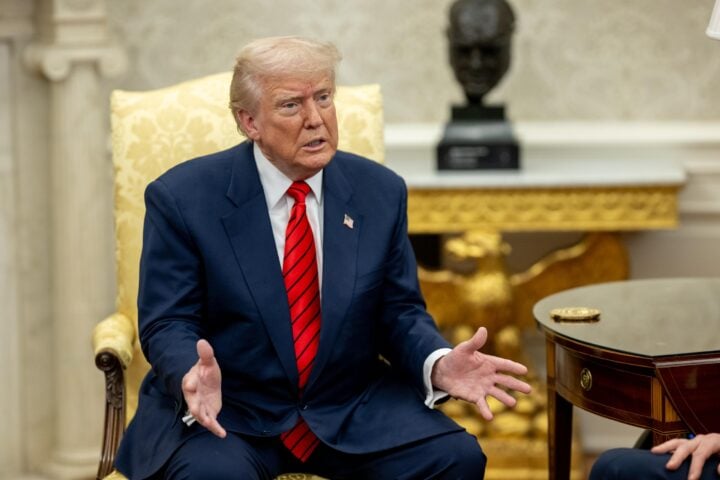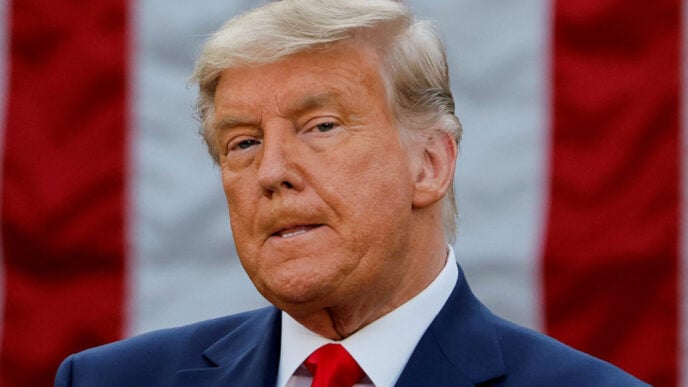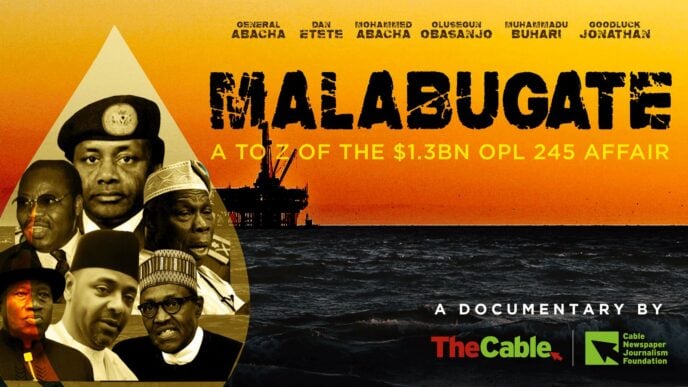Donald Trump
US President Donald Trump has imposed a 100 percent tariff on foreign movies.
In a statement issued early Monday morning, Trump claimed that Hollywood is rapidly declining, with filmmakers getting enticed by incentives in other countries.
The president labelled the said downturn a national security threat.
He said his decision would “save” the US movie industry.
Advertisement
“The movie industry in America is dying a very fast death. Hollywood, and many other areas within the U.S.A., are being devastated,” he said.
“This is a concerted effort by other nations, and therefore, a national security threat. It is, in addition to everything else, messaging and propaganda!
“Therefore, I am authorizing the Department of Commerce, and the United States Trade Representative, to immediately begin the process of instituting a 100% Tariff on any and all Movies coming into our Country that are produced in Foreign Lands.”
Advertisement
‘WE WANT MOVIES MADE IN AMERICA, AGAIN!’
Trump’s assertion comes as recent data indicates a degree of resilience in the US box office.
Despite grappling with the aftershocks of the COVID-19 pandemic and industry-wide strikes, the US movie industry has shown remarkable improvement.
Last year, the US box office reached approximately $8.7 billion, a slight decline of about three percent from 2023’s $9 billion, according to a Hollywood report.
Advertisement
Stronger signs of growth are expected this year.
Trump’s call for a 100 percent tariff on all foreign-produced films has raised eyebrows.
Critics argue that the move overlooks the industry’s ongoing recovery and could disrupt international collaborations that have become vital to modern filmmaking.
The proposed tariff also raises concerns about retaliatory measures from affected countries, potentially expanding existing trade tensions into the creative and cultural industries.
Advertisement
Since assuming office, Trump’s tariffs have included a universal 10 percent import tax, sharply higher rates for certain countries and sectors, and new secondary tariffs targeting third-party trade, making this the most aggressive US tariff regime since the 1930s.
Advertisement










